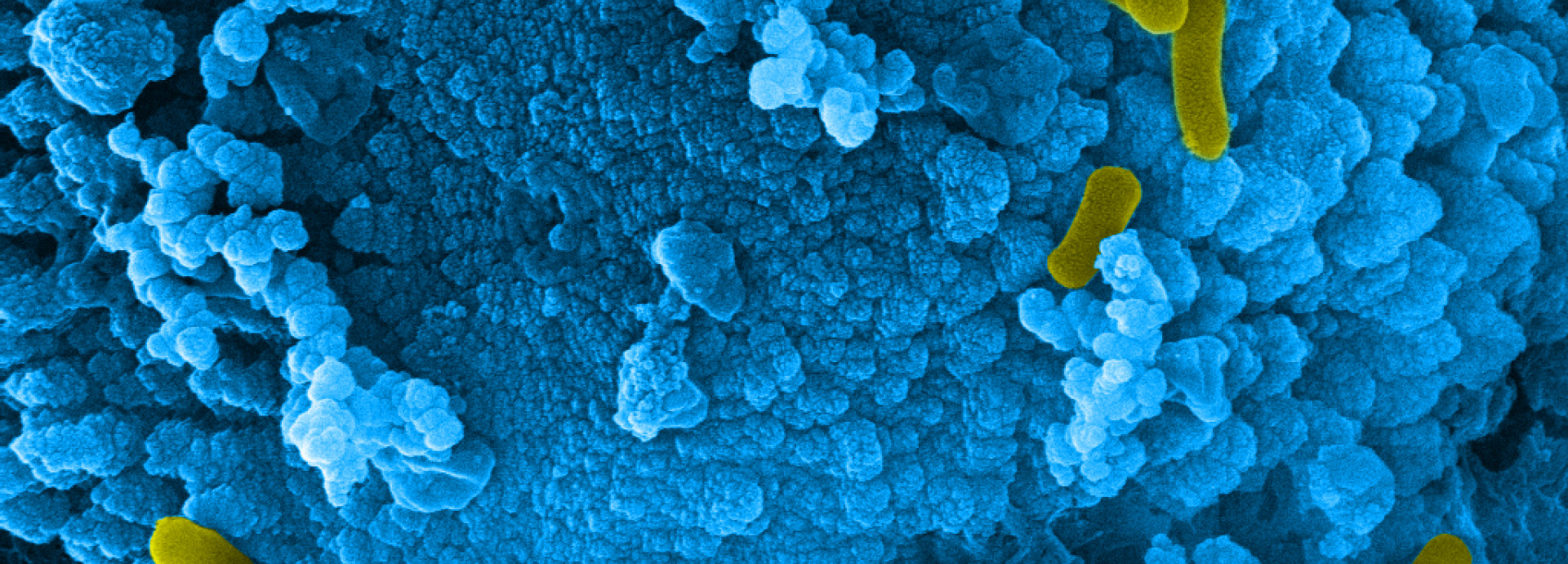
Who lives with us? Interfaces as Attractive Living spaces for Microbiomes
Microbiome research over the last 20 years has changed our view of all organisms on earth: they are all holobionts and form a functional unit with their microbiome. The microbiota is mainly composed of bacteria, archaea, algae, protists and fungi, while the microbiome includes viruses, mobile genetic elements and the “whole theater of activity” - i.e. their living space. Microbiomes are critical to the health of organisms, ecosystems and the Earth. But, they also like to colonize interfaces, which makes indoor environments - from living spaces to hospitals to clean rooms - attractive places to live.
Our research shows that all indoor spaces are alive. The microbiome is strongly influenced by our activities. Intensive cleaning is associated with a loss of microbial diversity and a shift from gram-positive bacteria to gram-negative bacteria. In addition, the microbiome of heavily cleaned buildings has a different resistome and a greater diversity of resistance genes. Our results show that the loss of microbial diversity is associated with an increase in resistance and that strategies are needed to restore bacterial diversity in certain built environments.